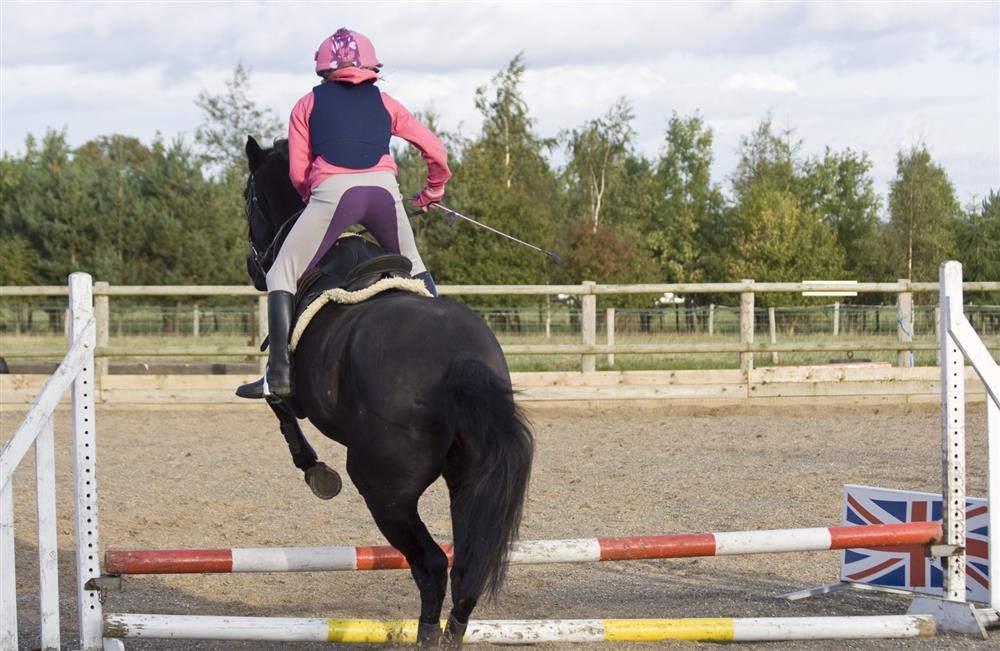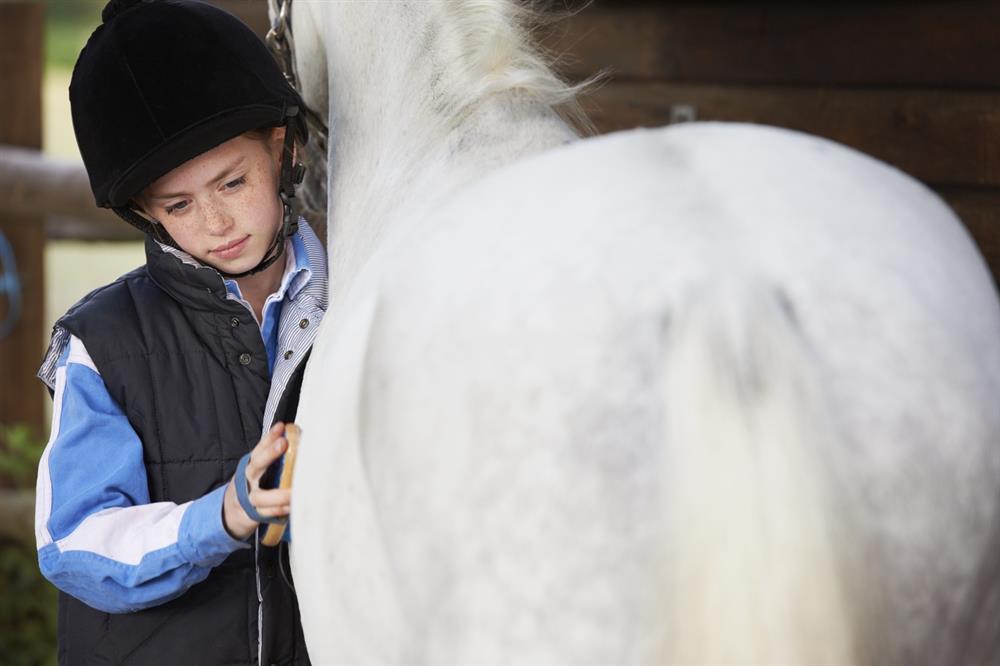A study which found that riding is one of the top three riskiest sports for children and young adults will probably prompt fears amongst parents and boost sales of body protectors.
While we should all take precautions – ranging from using common sense to wearing protective gear of an appropriate standard and type – let’s hope that this doesn’t give riding an undeserved reputation. Let’s also hope it encourages riders to appreciate and develop the skills that help keep them safer, and trainers to help them do so.
In an Alice in Wonderland sort of way, measures aimed at keeping riders safe sometimes make it more difficult for them to become competent and balanced. Just before the survey results were announced, Olympic eventing gold medallist Jane Holderness-Roddam told a conference that insurance, liability and health and safety measures made teaching riding more challenging than ever, and that “health and safety” could sometimes be a restriction.

In the olden days, when I learned to ride at a fabulous riding school run by two sisters, we all longed for the privilege of being able to muck out and clean tack all day in return for the privilege of riding the ponies bareback to their field at the end of the day. On lessons, we did exercises such as “round the world” and “scissors” and would often finish by wriggling back off the saddle and sliding down the pony’s quarters to land on our feet.
Once you’d learned to mount and dismount, our instructors made sure we could do it from both sides. I’m rather proud that even though I always use a mounting block to protect my horses’ backs and saddles, I can still get on and off from either side.
When we learned to jump, we did so via a jumping lane of small fences, learning balance by crossing our arms and quitting our stirrups. These days, I know plenty of riders who are scared to ride in an arena without stirrups, let alone jump.
Was it risky? Of course, although the ponies were quiet and used to this and much more, so the risk was minimal. Did it help? You bet.

John Whitaker, one of the most gifted showjumpers you could wish to see, told me that when he and his siblings were young they only had one saddle between them. If it wasn’t your turn, you rode bareback.
Stickability doesn’t come from gripping with your knees or wearing sticky-bum breeches. It comes from balance. The beautiful knock-on effect is that balance allows you to move in harmony with your horse and influence his movement without putting him off balance; by default, you’re more secure.
Of course riding is a risk sport and of course we need to be sensible and aware. But how have we reached the stage when most riding school proprietors – that is, the ones that can still afford to keep going despite insurance and other costs – daren’t use horses who aren’t push-button safe once pupils are competent to take on more of a challenge? As for jumping without reins and stirrups…
My competitive career peaked when I tackled my one and only Grade B showjumping competition and realised I’d reached my limit. But if I hadn’t had the chance to have fun, ride ponies who were cleverer than me and develop a reasonable balance, I wouldn’t even have got that far.
Several years down the line, I probably wouldn’t get over the first fence in a Grade B course. But thanks to all the instructors who said “You can do it” even when I thought I couldn’t, I’m not frightened of riding in the open, competing for fun and schooling youngsters.
Let’s encourage riders, not hold them back. Balance is all, and that means striking a balance between taking sensible precautions and wrapping young people in cotton wool.

